Thrust
If M2 fails, there is no thrust from M2. To main level flight, M1 and M3 spins faster to make up for the lost thrust from M2. The drone is able to maintain level flight.
Moments
M2 spins clockwise, which generates anti-clockwise moments. When M2 fails, there is a loss of anti-clockwise moment, causing a net clockwise moment.
While M1 and M3 spin faster to compensate for the lost thrust, they create more clockwise moments.
The platform has a net clockwise moment and will start spinning in a clockwise direction.
To prevent this, M4 and M8 spins faster to create additional anti-clockwise moments. When the additional anti-clockwise moments cancels out the net clockwise moment of the drone, there is no more net moments, and the drone does not spin.
M4 and M8 spinning faster will not cause the drone to pitch or roll, and still have level flight as they are opposite each other.
Thrust
M4 and M8 spinning faster increases the total thrust of the drone. To prevent the drone from climbing, all motors will spin slightly slower to decrease thrust in order to maintain height
The effect is the drone maintains thrust and heading. A trained pilot will be able to land the drone without any advance algorithms or strong GPS signal.
Conclusion
The Octocopter design presents the best chance of recovery when 1 motor fails. While the Hexacopter depends on how skilled the pilot is and whether advanced flight algorithms with strong GPS signals are available. The Quadcopter will most certainly crash.























